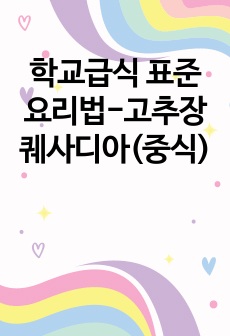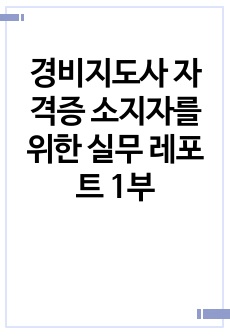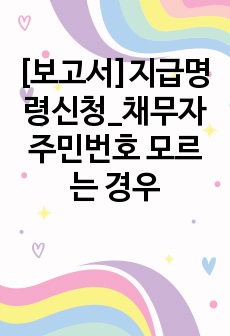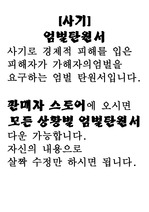필립 오토 룽에의 연작 <하루의 시간들>: 낭만적 풍경에 나타난 시간의 변증법
* 본 문서는 배포용으로 복사 및 편집이 불가합니다.
서지정보
ㆍ발행기관 : 한국미술연구소
ㆍ수록지정보 : 美術史論壇 / 31권
ㆍ저자명 : 이화진
ㆍ저자명 : 이화진
영어 초록
The romantic movement in German Art began when Philipp Ottto Runge moved to Dresden after his three-years studying at the Copenhagen Academy. His The Times of Day, a series of four drawings completed in 1803 is regarded as a ‘pictorial manifesto’ of German Romanticism. From 1801 to 1803, Runge interacted with writers and philosophers of early Romanticism while staying in the ‘Florence on the Elbe’. His own painting theory had grown as Runge learned the thoughts of Novalis and Jakob Böhme while building a relationship with Ludwig Tieck.After his failure at the Weimar contest in 1801, Runge recognized that it is historically inevitable to escape the dogma of J. J. Winckelmann and the Neoclassicism favored by J. W. von Goethe. Since then, he, who cannot be an ‘ancient Greek’ himself, decided to assist in the birth of a ‘new art for the new era’. His artistic orientations were presented not through history paintings that were hailed by the academy, but through landscape paintings that were disregarded as a lower genre of art.
However, the landscape painting which Runge pursued, is different from those that simply imitate or idealize nature. His landscape is based on the inner identity between nature and human. The human being’s inner world is projected onto nature, and nature becomes meaningful and linguistic with the ideas and emotions that humans invest in. In addition, Runge ties nature, human and God with kinship that allows man to discover God as well as himself from nature. Visualizing of such connectivity, his landscape becomes a religious painting that brings God to minds, and at the same time a history painting that presents the human activity. Thus the landscape painting of Runge deconstructs the conventional hierarchy that exists in these genres.
In The Times of Day, God talks through nature, and nature harmonizes with the human being. This kindred spirits are portrayed by the rhythmical arabesques and puzzled hieroglyphs rooted in Runge’s subjectivity. Due to his arbitrary emancipation from traditional art norm and iconography, Runge explained these drawings in numerous letters. To the viewers who can not find the common pictorial languages of the artist, arabesques and hieroglyphs are nothing but ornamental patterns and non-readable characters. Thus, many individuals have tried to decipher this cycle and have led to various interpretations about its meanings.
One of the reasons that Runge selected the structure of ‘a picture in a picture’ in The Times of Day is to reveal the dichotomy between the forevercirculating nature and the linear history of Christianity. The central pictures narrate the time span of an living organism that generates, grows, blooms and disappears, while the peripheral pictures are dominated by religious eschatology covering creation to redemption. However, the confrontation between the Night of nature and the religious Night do not contradict each other as they become the premise of a new birth. Runge considered time of nature and that of religion are in a relationship of co-existence, not struggle, and that they are two elements that build the universe. Consequently, The Times of Day embodies the epitome of ‘time’, and extends to ‘Four Seasons’, ‘Four Ages of Man’ and ‘Universe Time’ as Daniel Runge explained.
Runge was like the Richard Wagner of art as he planned to exhibit the four times with poetry and music within a gothic architectural setting. His intention of artistic Synthesis is also showed through the children playing instruments in The Times of Day, where nature, human and God are united, soundless music and two dimensional drawings come across. But the fact that Morning (large version) remained unfinished says that ‘romanticization of the world’ in German Art was an utopian dream never to be realized.
참고 자료
없음"美術史論壇"의 다른 논문
 통일신라 경주지역의 불탑 배치에 관한 고찰22페이지
통일신라 경주지역의 불탑 배치에 관한 고찰22페이지 <夢遊桃源圖>의 창작세계: 선경의 재현과 고전 산수화의 확립26페이지
<夢遊桃源圖>의 창작세계: 선경의 재현과 고전 산수화의 확립26페이지 개인소장 《遊三釜落屛》 연구24페이지
개인소장 《遊三釜落屛》 연구24페이지 18·19세기 동래 왜관 수출화의 제작과 유통: 虎圖와 鷹圖를 중심으로24페이지
18·19세기 동래 왜관 수출화의 제작과 유통: 虎圖와 鷹圖를 중심으로24페이지 일제강점 초기 식민지 문화의 재편, 신문소설 삽화 <長恨夢>22페이지
일제강점 초기 식민지 문화의 재편, 신문소설 삽화 <長恨夢>22페이지 류하이쑤(劉海粟)와 1920년대 순수미술운동22페이지
류하이쑤(劉海粟)와 1920년대 순수미술운동22페이지 1920년대 나혜석의 농촌풍경화 연구22페이지
1920년대 나혜석의 농촌풍경화 연구22페이지 1970~1980년대 한국 극사실화: 이미지와 실재의 간극, 장 보드리야르의 하이퍼리얼 담론으로 읽..28페이지
1970~1980년대 한국 극사실화: 이미지와 실재의 간극, 장 보드리야르의 하이퍼리얼 담론으로 읽..28페이지 關東水墨畵란 무엇인가?22페이지
關東水墨畵란 무엇인가?22페이지 関東水墨画とは何か20페이지
関東水墨画とは何か20페이지

























